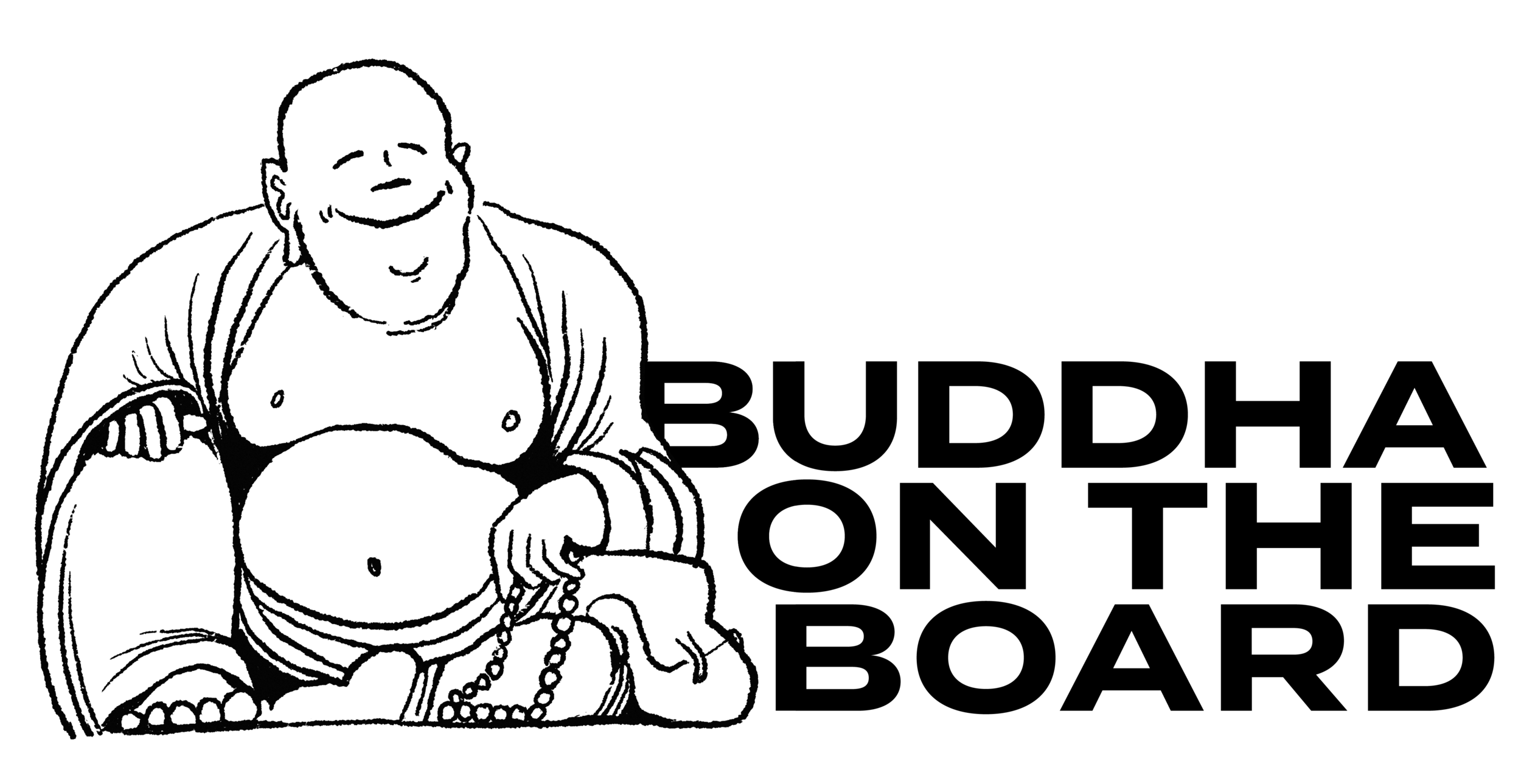What You Charge Is Like A Puzzle.
We played a lot of puzzles in lockdown.
Big complicated ones. Lots of pieces.
We’d empty the pieces on the table. Spread them out. Get a feel for all of them (whilst holding a mental picture of the completed picture in mind).
Then, piece by piece, you’d start putting it together. Corners. Edges. Outside in.
How we price and deliver work for clients is like a puzzle.
There are myriad pieces.
There’s the thing they get (website, software, campaign etc).
There’s the reasons for buying you (to hang out with you, to look good, to learn something, to impress their boss/friends/grandma).
There’s the thing they want to change (like more customers, sales, to change how people think about / talk about what they do; reputation and perception).
And there’s how they work with you (how quickly they need it, who they want to do it, how they might pay for it).
Maximising what you earn is like a puzzle.
Configure all the pieces together in different ways and you can earn more. Or less.
Sometimes a client might want to work with you and only you. Nobody junior, nobody else on your team. Sometimes a client might want guarantees ‘proving’ what you do. Sometimes a client might want to pay now. Sometimes they might want help and pay a little later.
In pricing your work, think puzzle. Map all the different pieces, all the different things they want, why they want them and how they might purchase them - and put the pieces together in different ways.
This is the art of pricing. Give the client options; having taken time to know their non-negotiables, you’ll know what’s important (you do know there non-negotiables, right?!). And when you know what’s important, you’ll know they’ll happily pay more for some things and less for others.
When pricing, think puzzle.
